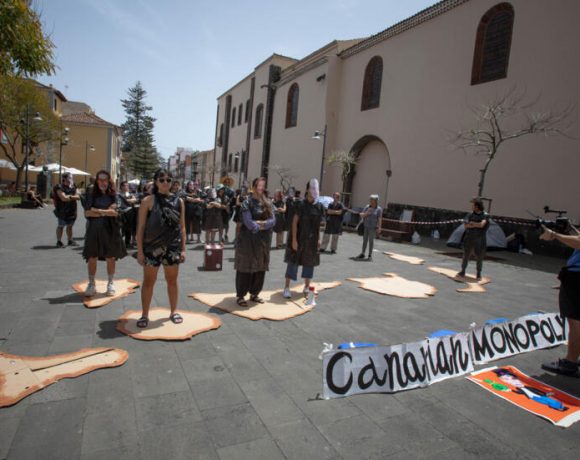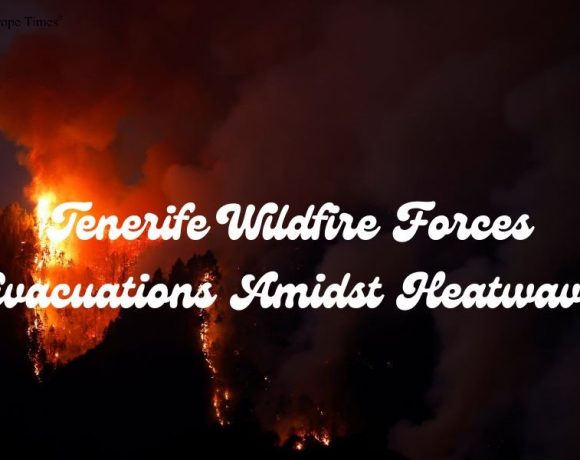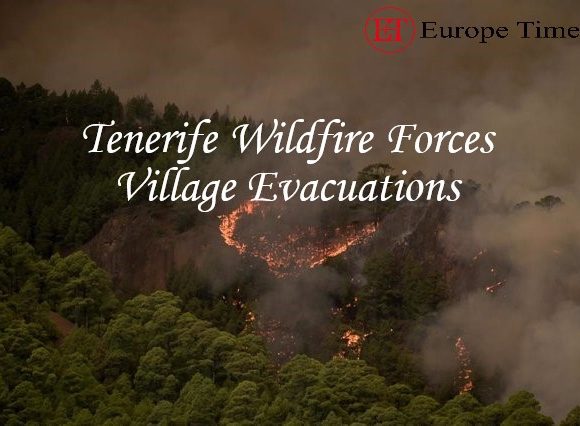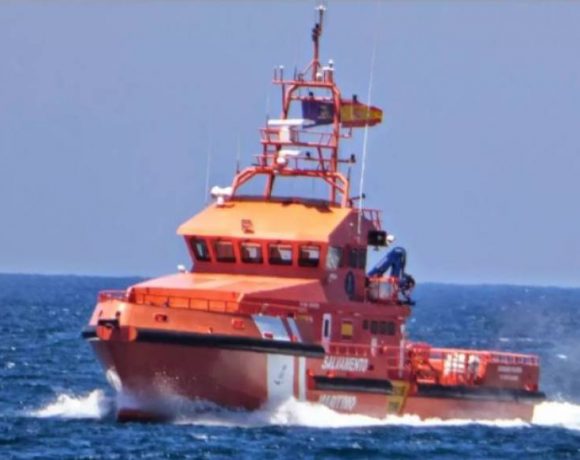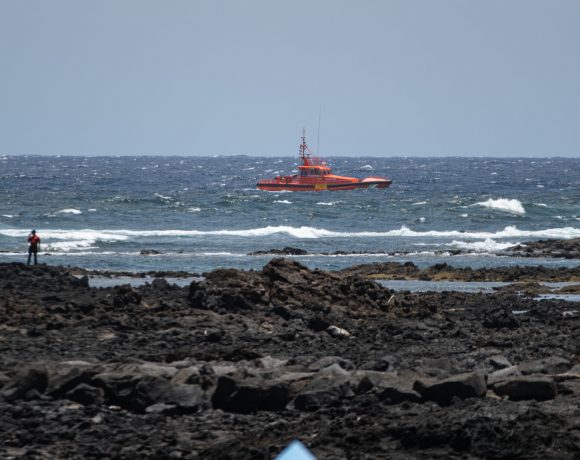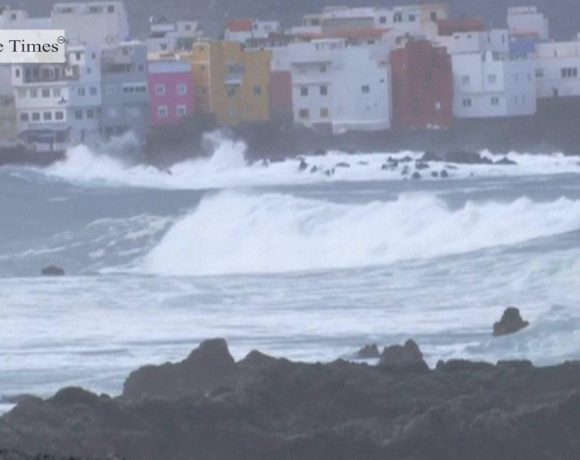
Powerful waves slammed into the popular Spanish island of Tenerife, leaving three people dead and 15 others injured. The victims included a woman who suffered a heart attack after being swept into the water near Puerto de la Cruz, and two men who were pulled from the ocean at Santa Cruz de Tenerife and El Cabezo beach but could not be revived.
Emergency services said that several people were dragged out to sea as the rough weather struck coastal areas. In Puerto de la Cruz alone, 10 people were swept away, with three left seriously injured and taken to hospital. Local witnesses described chaotic scenes, including a waiter who jumped into the water to rescue swimmers but was unable to save one of the victims.
Authorities have urged both residents and tourists to stay away from the shoreline, warning that sea conditions are expected to worsen with swells up to four metres. They cautioned the public against taking photos or videos near the waves and stressed the need for extreme vigilance along coastal paths.
Pic Courtesy: google/ images are subject to copyright

